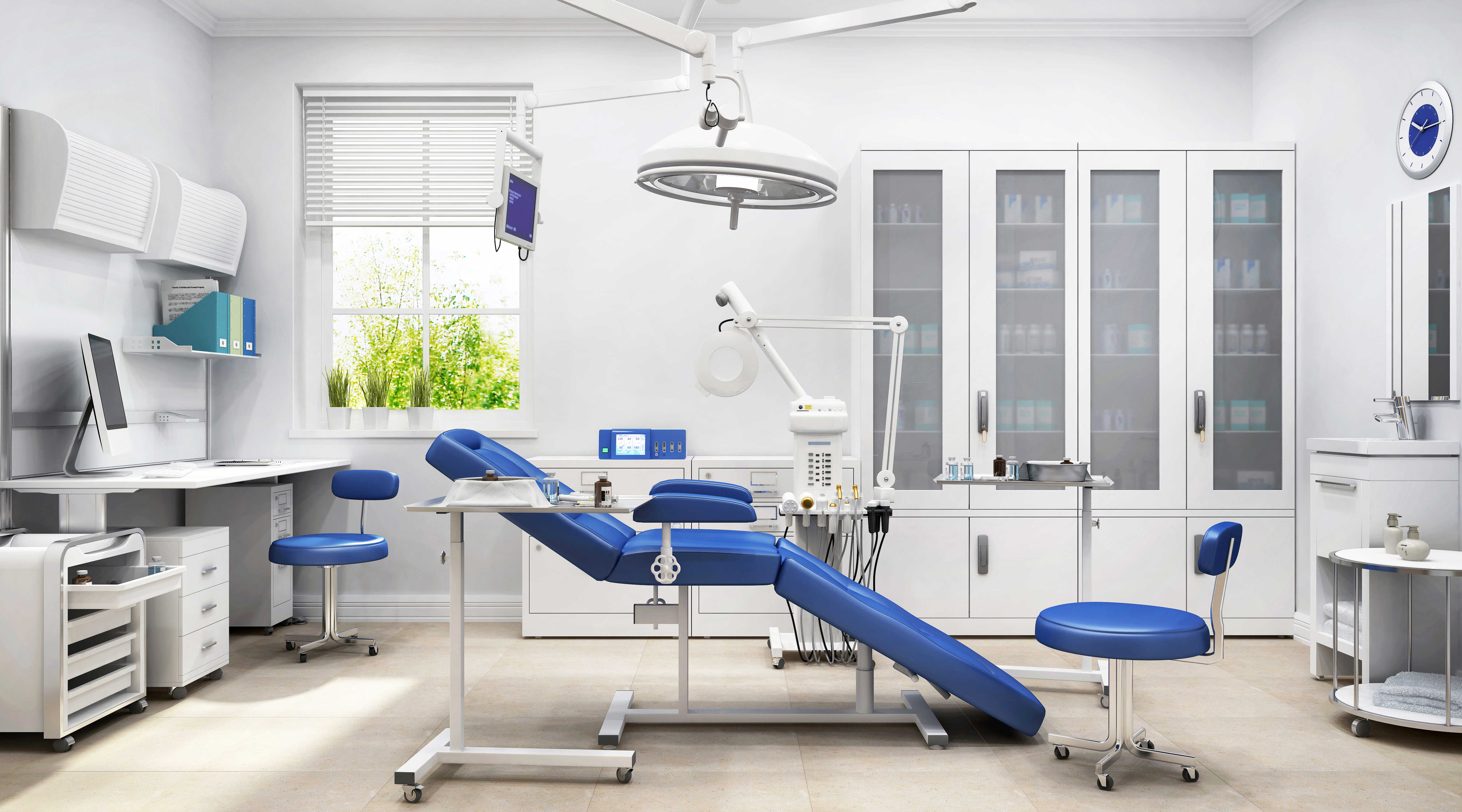
Our services
Early (severe) childhood caries
Oral and maxillofacial surgery
Endodontics
Aesthetic dentistry
Implantology
Orthodontics
Periodontology
Orthopedics
Early (severe) caries in childhood, known as the case of decayed teeth in children, is one of the most common dental problems in children. It is acute caries, beginning early, with rapid evolution, affecting toddlers. It manifests as cavitation or non-cavitation, neglect of teeth, or a temporally eroded surface on the baby tooth due to caries.
It has been found that introducing tooth brushing at a younger age and parental supervision during brushing significantly reduces the severity of caries damage in children with poor nutrition and care habits. It is recommended to start tooth brushing as soon as possible after the eruption of the first primary teeth.
Children who do not yet have an established tooth brushing habit by the age of 1 are more likely to remain caries-free by the age of 3.
For preschool and nursery-age children, brushing does not ensure proper cleaning of the teeth. With supervision during brushing, the deficiencies in the child's brushing technique are exposed.
Early severe caries detection at the initial stage of development is challenging because demineralization white spots are difficult for parents to notice.
A dentist rarely identifies caries in this pattern since parents are not accustomed to taking their children for regular dental check-ups from a young age.
The American Academy of Pediatric Dentistry recommends that children have their first consultation with a pediatric dentist around the age of 1.
If a child is brought for a dental examination at the first signs of the disease, the pedodontist will make a differential diagnosis of enamel hypoplasia (in cases of white spots) or exogenous staining (in cases of brown or black spots) with transplant caries.
Opaque white spots are observed with the use of air spray. At this stage, which lasts for a short time, color change is not accompanied by pain. Later, material loss occurs. Parents may notice color change due to changes in the hard tissues of the tooth or may be alarmed by pain caused by sweet, cold, or hot food or drinks. Non-treated cavities in primary teeth progress rapidly due to the permeability of the dental tissues and their minimal thickness. Thus, acute pulpitis occurs, causing spontaneous pain. Children with multiple dental caries may have low appetite, as mastication becomes painful. Nutritional disorders and sleep disturbances are observed in preschool children with dental problems.
Often, the first decayed teeth in children are the upper incisors, which usually appear earlier during the first year of life. It is believed that the supine position, in which infants spend many hours, leads to the retention of sweet liquids (milk, tea, juices, etc.) on the vestibular surfaces of the anterior teeth, while the flow of saliva in the upper front teeth is less than in other areas of the mouth. Therefore, cleanliness is more difficult, requiring significantly more time. The lower incisors are less affected by carious attack due to the protection provided by soft tissues (tongue, lower lip) and the proximity of the submandibular and sublingual gland openings. The saliva from these glands protects the teeth from acids produced by dental plaque, as well as from cariogenic fluids.
At the level of the anterior teeth, lesions are primarily located on smooth surfaces, considered to have a low risk of caries. The most common location is on the vestibular or oral surfaces, near the packaging or, less commonly, on proximal surfaces, where impact on the edge of the cavity does not occur.
At the level of molars, lesions can be located on both smooth, vestibular, and oral surfaces, where enamel is thinner, as well as on the occlusal surfaces, fissures, and pits.
Until the age of 2.5 years, the smooth surfaces of the upper incisors and the occlusal surfaces of the first molars become damaged, while until the age of 3.5 years, caries progresses on the smooth and occlusal surfaces of the upper canines and the 2nd primary molars. By the age of 5, all primary molars' proximal surfaces are typically affected.



